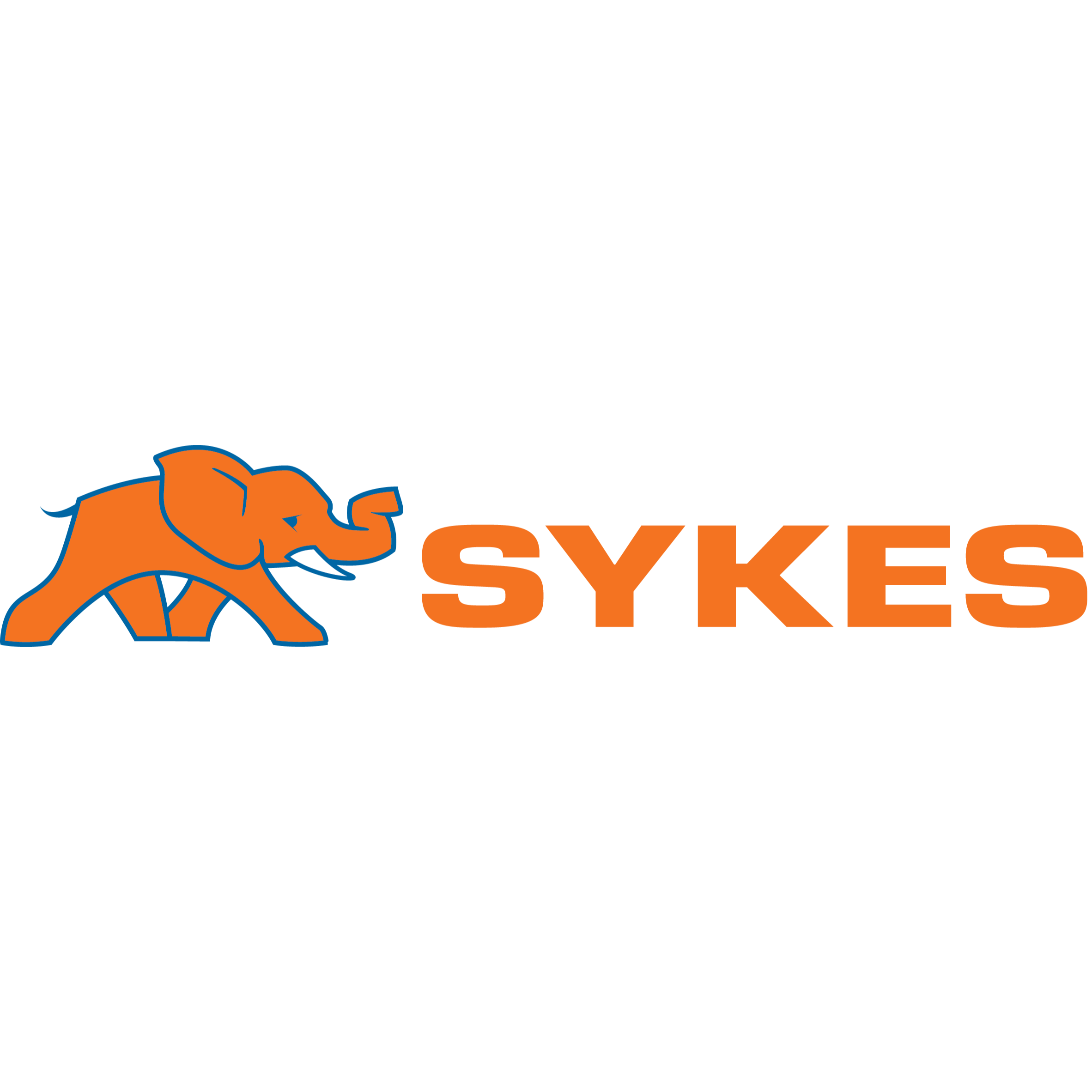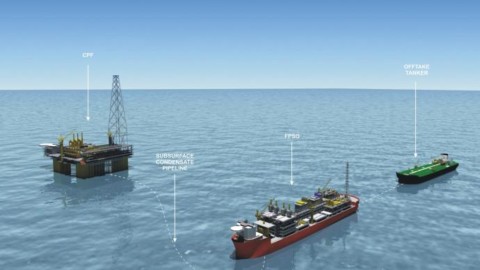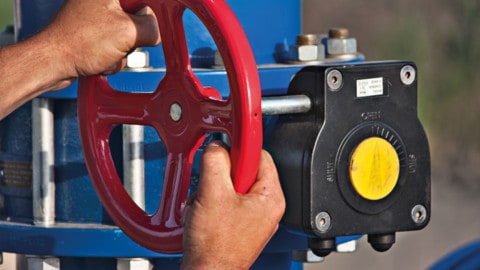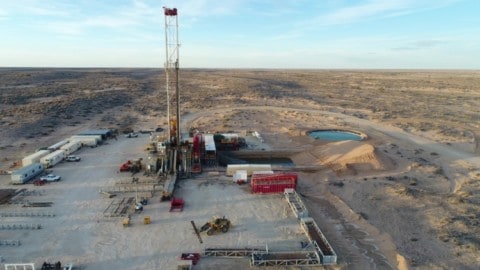The Australian manufacturing industry is at a crossroads. Transforming the materials we dig up or grow into the products we use every day requires enormous amounts of heat, and rising electricity costs and inefficient processes means many businesses have seen their gas and electricity bills double over the last two years. A report from Beyond Zero Emissions shows there are opportunities for manufacturers to reduce costs by generating heat through the smart use of renewable electricity, with heat pumps one technology that they can take advantage of.
From fossil fuels to electricity
Every year in Australia, burning fossil fuels for industrial heat processes produces 42 million tonnes of carbon dioxide, or eight per cent of the country’s greenhouse gas emissions –as much as Australia’s entire car fleet and more than the state of South Australia. If we look at these numbers globally, the contribution of process heat is higher – about 12 per cent of
all emissions.
While fossil fuels have powered industry since the industrial revolution, a new low-carbon industrial transformation is possible and could transform existing industries.
The report, Electrifying Industry, shows how electrification, powered by renewable energy, could not only eliminate eight per cent of Australia’s emissions and revive the entire manufacturing sector, but also reduce greenhouse gas emissions.
Electricity is remarkably versatile and has no practical temperature limit, meaning it can power any industrial heat process, from cooking a can of beans to melting 100 tonnes
of iron.
By adopting a range of heat technologies – both old and new – industry can make things in a smarter way and can double the efficiency of many industrial processes, saving money in the process.
Australia’s renewable advantage
With Australia’s abundant renewable resources, there is the additional opportunity to develop a clean, efficient manufacturing sector, adapted to the needs of the 21st century. It is an affordable and reliable source of energy, with some manufacturers already taking hold of this opportunity, paying 20-50 per cent less for electricity. They have done this by either building their own renewable installations or agreeing to contracts for renewable energy supply.
By electrifying all industrial processes, six to eight per cent of Australia’s greenhouse gas emissions can be reduced.
It also creates an opportunity to use electrical heating technology such as heat pumps, opening the industry up to more efficient technologies to save money.
- Electrifying industry – where are the opportunities?
- Beer
- Prepared meals
- Powdered milk
- Recycled paper
- Aluminum casing
- Bricks
- Plastic
- Glass
- Steel
- Ammonia
An opportunity for heat pumps
Heat pumps use electricity to make hot water, air or steam. They are able to produce three to seven times more thermal energy compared to the amount of electricity they use, leading to efficiency of 300-700 per cent. They also provide an opportunity for manufacturers to reuse sources of energy that would otherwise be wasted, such as heat expelled by refrigeration systems.
The past decade has seen high temperature industrial heat pump technology develop rapidly and there are options available now that are able to reach temperatures up to 140-160°C – hot enough for many industrial processes, including for food, chemical and paper applications.
In particular, there is great potential for heat pumps to be used as an alternative to inefficient centralised gas boiler systems that are found in most factories.
The report found that while heat pumps have a high upfront cost, overall, the energy efficiencies provided by heat pumps means that their installation costs can often be paid back within two years.
It will cost around $500-1000 per kilowatt of heating capacity for a heat pump system where the pumps are below 500kW, with 1+MW systems costing around $275-500 per kilowatt. Depending on various site specific factors, installation cost can add an additional 25-100 per cent onto the purchase price. This makes the upfront costs of a heat pump system two to three times more expensive than that of an equivalent gas boiler.
However, heat pumps have lower running costs, so it will pay itself off in only a few years. This is because the heating capacity of these pumps is lower as distribution loss is minimised. There are further cost savings if the pumps are replacing costly steam distribution systems as well as the central gas boiler; and if installed in a modular fashion, plant owners only need to replace the most inefficient parts of the boiler system, rather than shutting down and replacing the entire system at once.
A high coefficient of performance (COP)
When looking at the ratio between the electrical energy used by a heat pump and the heat they produce (their COP). Heat pumps are highly efficient – a pump which is 400 per cent efficient has a
COP of four, and some which are used for both heating and cooling can reach a combined COP as high as ten. This means that if a pump has a COP level of ten, there are ten units of heating/cooling for each unit of electricity.
Compared to traditional gas boiler systems – that rarely achieve efficiencies above 80 per cent, and more often less than 50 per cent due to heat loss – heat pumps have a greater advantage as they can reuse heat that would otherwise be lost, extracting almost 100 per cent of thermal energy in exhausted heat. This is because heat pumps can extract latent heat by condensing water vapour.
Heat pumps in Australia
Unlike other parts of the world such as Japan and South Korea – and to a lesser extent Europe – there are very few industrial heat pumps installed in Australia, despite the potential they present to replace gas and fossil fuels in processes requiring hot air, water or steam up to 160°C. This means they can be used to supply a majority of the heat requirements for processes in the food, paper, wood and textile industries; and displace one third of the energy used by chemical sectors to generate steam.
By replacing these systems with heat pumps, around 95GJ of fossil fuels used for industrial heat – around 15 per cent – would be eliminated. If these heat pumps are powered by renewable energy, nearly five million tonnes of greenhouse gas emissions would be eliminated.
One of the biggest barriers currently stopping the wider uptake of heat pumps in Australian manufacturing is a lack of local expertise and awareness within the industry. Such barriers have been overcome in other countries though government support such as investment incentives, demonstration projects and information provision. There is scope for this moving into the future as studies in other sectors, including HVAC and building services, are being undertaken as to their feasibility.
Uses for heat pumps in manufacturing:
- Replace all or part of boiler steam systems
- Use in conjugation with mechanical vapour recompression to produce steam
- Achieve higher temperature uplift with greater efficiency when installing heat pumps in a series
- Use in conjugation with heat storage to reuse excess heat at a later time
- Heat materials to a target temperature while another system does the rest of the work
- For processes where lower temperatures are required compared to the main process
- Replace end-sections of long heat distribution pipes with high heat losses



















